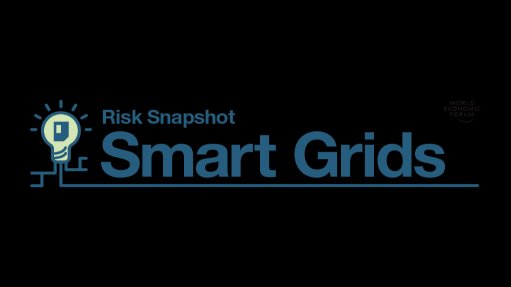
Smart Grids, or electricity networks that intelligently integrate the actions of any connected user–from producers and consumers to prosumers–are enabling the transformation of traditional electricity systems. Increasing numbers of Internet of Things (IoT) devices deployed within electricity networks allow connected users take advantage of real time data to automate decision making and contribute to accelerating the energy transition.
Despite the immense positive potential of IoT technologies to catalyse efficient and sustainable use of electricity–connecting critical infrastructure like the electricity grid to the industrial IoT ecosystem creates new vulnerabilities, potentially resulting in system wide power outages and causing severe negative externalities. Just about everything depends on availability of electricity, including water supply, transport and communication.
Increasing collaboration between multiple stakeholders including, but not limited to, utilities, manufacturers, energy service providers, telecom companies, IT providers and insurance carriers to develop and share best practices and security protocols can help reduce some of the risks and maximise the benefits of Smart Grids.
This document offers a brief snapshot illustrating the benefits of adopting IoT in the electricity ecosystem while recognizing that cyber vulnerabilities can compromise critical infrastructure with unintended consequences to the public.
The World Economic Forum has closely worked with the electricity industry to develop best cyber resilience practices contained in the report Cyber Resilience in the Electricity Ecosystem: Principles and Guidance for Boards.
Report by the World Economic Forum